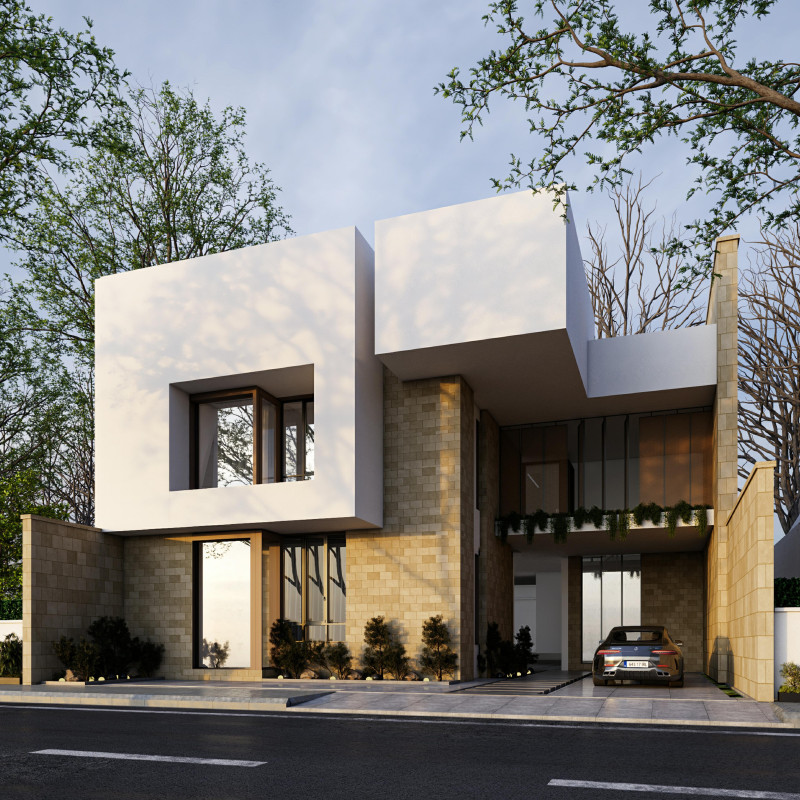5 key facts about this project
At the heart of the project is a concept that prioritizes connectivity with the surrounding environment. The design integrates natural elements with the built form, promoting a seamless transition between indoor and outdoor spaces. Expansive windows and open layouts allow natural light to flood the interiors, reducing the necessity for artificial lighting and enhancing the overall atmosphere of warmth and welcome. This connection to nature is further emphasized through the inclusion of greenery and landscaped areas, which not only beautify the surroundings but also promote biodiversity and enhance the well-being of visitors.
Materiality plays a significant role in the overall design narrative. The project employs a thoughtful selection of materials that resonate with the local context and construction traditions. Concrete is prominently featured, providing durability and structural integrity. Its raw finish contrasts with more refined materials such as timber and glass, which contribute warmth and a sense of human scale to the building. The use of sustainably sourced wood in both structural and aesthetic applications adds to the environmental ethos of the project, highlighting a commitment to responsible resource use. Additionally, the incorporation of recycled materials where possible further enhances the project’s sustainability credentials.
Unique design approaches are also evident in the architectural layout and circulation. The building is planned to encourage movement and interaction among users, with wide, welcoming corridors and strategically placed communal spaces that draw visitors in. This layout reinforces the project's aim to foster community engagement and collaboration. By creating a series of interconnected spaces rather than isolated rooms, the design promotes a sense of openness and inclusivity, encouraging a fluid exchange between different activities and user groups.
Moreover, the building’s exterior is characterized by its distinctive form which responds to the local climate and geography. The roofline, for instance, is designed to facilitate rainwater harvesting, an important feature in enhancing the building’s sustainability while ensuring that it remains functional throughout the year. This attention to climatic responsiveness not only benefits the building’s operational efficiency but also reinforces its harmony with the environment.
Throughout the project, careful attention has been paid to the details, from the selection of finishes to the integration of technology. Smart building systems are employed to enhance energy efficiency and user comfort, including automated lighting and heating systems that adjust to occupancy and daylight levels. These thoughtful integrations further exemplify the design philosophy that emphasizes not just aesthetic appeal but also practicality and performance.
In essence, this architectural project is a reflection of a holistic approach to design, integrating functionality with sustainability while promoting community connection. The use of local materials, innovative design strategies, and a commitment to environmental stewardship collectively embody the project’s core ideals. For those interested in delving deeper into this project, exploring the architectural plans, sections, and design elements will provide greater insights into the intricacies of the design and its functional aspects. This project serves as an illustrative example of how architecture can effectively respond to the needs of both people and place, making it an exemplary model of contemporary architectural practice.


 Ghadeer Ali Ahmed Al-haddad
Ghadeer Ali Ahmed Al-haddad 























